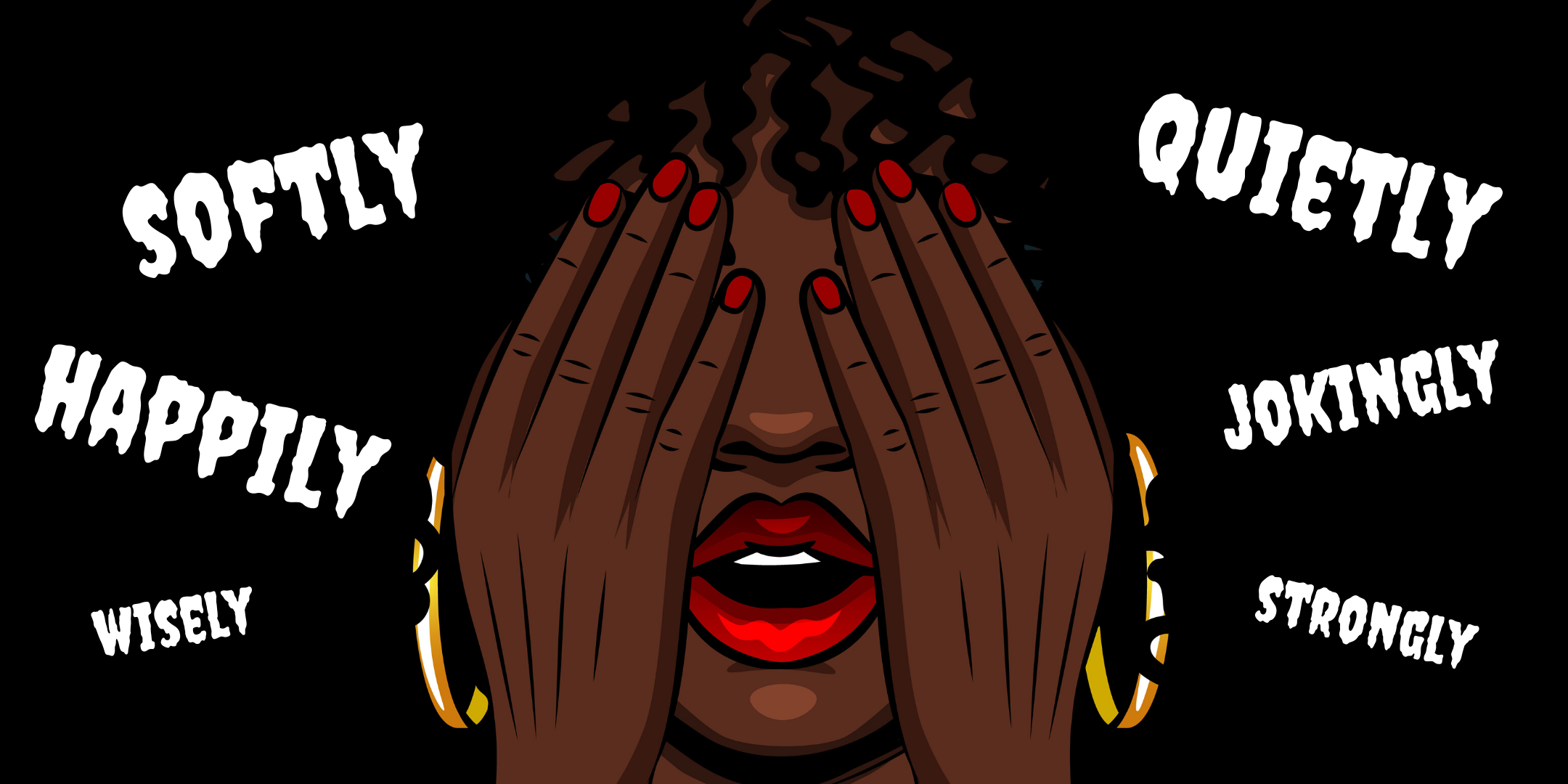
So everyone hates adverbs. But why?
An adverb is a descriptor such as: She rubbed her eyes and said tiredly, “These adverbs are so redundant.”
Consider that sentence. The word “tiredly” didn’t need to be there, because we already indicated she was tired by saying she “rubbed her eyes”. Recognizable by their ‘ly’ ending, adverbs are scattered through the copy, but they tend to appear around dialogue most of all. So why is it so bad to add an adverb? Because you are committing the sin of “telling” (tiredly) instead of “showing” (rubbed eyes) the reader what is happening, and when you do that, the reader disengages.
Read more about the Showing versus Telling principle.
Rookie Mistake
Overuse of adverbs is one of the first signs an editor or publisher looks for to gauge the experience level of a writer.
There are exceptions to this rule, such as when the adverb is contradictory, such as: Smiling sweetly she said, “I can’t stand your face.” Without the adverb, we wouldn’t have known the full extent of her sarcasm, as a sweet smile is different to a dry, brittle or cold one.
As Stephen King says, “Use Adverbs like they’re hundred dollar bills.”
Likewise, don’t feel that you need to include dialogue tags (like ‘he said’ or ‘she answered’) in every line of dialogue in your scene. Unless it isn’t clear who is speaking, the reader can assume that Susie has delivered her line and Joe has responded. Remember, every single word has to work for it’s right to be in your writing, even the he said, she saids.
Worried your writing is riddled with adverbs? Comment below!
Or, consider investing in an introductory edit to get feedback and clarity on your writing.